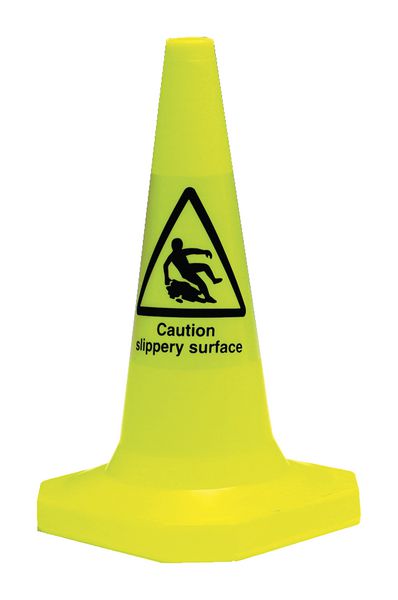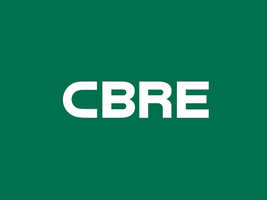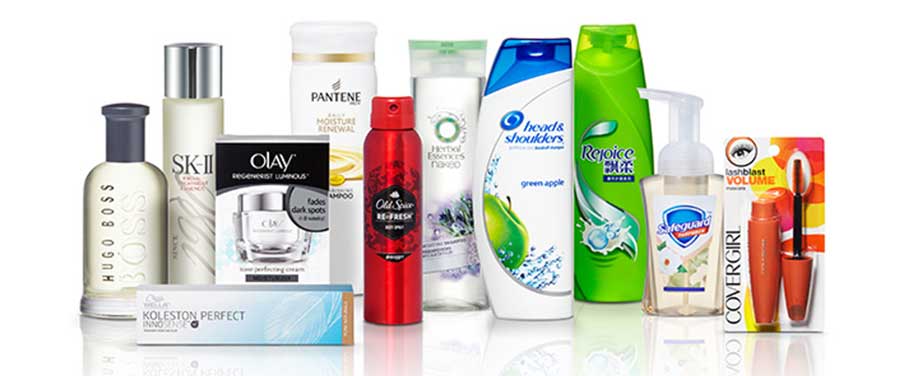Title Page
-
4466
-
Conducted on
-
Prepared by
-
Location
H&S
-
All exit signs and emergency lights unobstructed and operate properly (test emergency lights)? Switch on in the emergency mode each luminaire and each internally illuminated exit sign from its battery, by simulation of a failure of the supply to the normal lighting for a period sufficient to ensure that each lamp is illuminated. During this period, all luminaires and signs should be checked to ensure that they are present, clean and functioning correctly. At the end of this test period, the supply to the normal lighting should be restored and any indicator lamp or device checked to ensure that it is showing that the normal supply has been restored.
- Yes
- No - Please log this with through your normal maintenance route
-
All fire extinguishers properly wall mounted, easily accessible, have locking pin, and non-expired inspection tag (this must be done annually) Each extinguisher is correctly located in its designated place. Each extinguisher is unobstructed and visible. The operating instructions of each extinguisher are clean and legible and face outwards. Each extinguisher has not been operated and is not obviously damaged or has any missing parts. The reading of any pressure gauge is within the green zone. Any indicator fitted to an extinguisher is within operational and safety limits. The tamper indicators of each extinguisher are not broken or missing.
- Yes
- No - Please log this with through your normal maintenance route
-
Have fire break glass points been tested and are they working? The fire alarm should be tested weekly with results recorded in the fire log book. Test results should be checked and any actions closed out.
- Yes
- No - Please log this with through your normal maintenance route
-
Are fire blankets in good order with no signs of wear and tear? <br><br>A visual inspection of the fire blanket should be carried out. Check maintenance dates are visible and within time frames.
-
Are the emergency exit pathways clear including doors? carry out a visual inspection of all fire exit routes to ensure routes are clear, and fire doors/external exits are clear, with doors that open safely and fully.
- Yes
- No - Routes must be made clear. If there is a physical issue with a door/door mechanism- Please log this with through your normal maintenance route
-
Adequate lighting levels? A visual check of all store areas to ensure all areas are adequately lit, and there are no areas where lack of lighting could offer a risk.
- Yes
- No - Please log this with through your normal maintenance route
-
Is the stock at least (46 cm) 18 inches below sprinkler heads? A visual check that stock is not blocking the sprinkler heads and there must be at least (46 cm) 18 inches space between stock and the sprinklers. Where this gap is less than (46 cm) 18 inches the stock should be moved to another safe location.
- Yes
- No - Store manager to raise this issue with their district/regional manager to ensure that store isn't receiving too many deliveries for the store to hold safely
-
Mechanical and electrical equipment areas are not used for storage (36 inches or 92 cm clearance)? A visual check that nothing is being stored in areas of mechanical and electrical equipment, and there is a least 36 inches (or 92 cm clearance). Iif items are stored within these areas they must be relocated to a safe area.
- Yes
- No - Store manager to raise this issue with their district/regional manager to ensure that store isn't receiving too many deliveries for the store to hold safely
-
Stored/stacked boxes or fixtures are not subject to collapsing or falling? <br><br>Check all stored/stacked boxes are safe and will not easily fall over. If boxes are unstable they must be relocated and stacked safely.
-
Are all fixtures and fittings physically inspected/tested and are secure? A physical inspection/testing and checks that fixtures and fittings are secure. Where they are not secure, access they must be made safe or the area around them cordoned off until they can be made safe.
- Yes
- No - Please log this with through your normal maintenance route
-
Are substances (cleaning, alcohol hand gel, etc) stored in a cupboard/container or other such suitable place? <br><br>Check all substances are stored safely when not in use.
-
Has the substances cupboard or container got warning stickers alerting staff to the contents? Storage areas should show signage that substances are being stored there, and all containers must also state what substances are in them.
- Yes
- No - Contact your safety lead for advice
-
Are the first aid kits stored where they should be and adequately visible to staff? Check first aid kits are stored as guided and contain the correct items. Where a first aid kit has been used, any items used should be restocked.
- Yes
- No - Replacement items can be purchased. Contact your safety lead for advice
-
Is the first aid kit mounted, easily accessible and contains the (un-expired) required items? <br><br>First aid kits must be accessible and expiry dates regularly checked. Items to be removed if out of date and restocked as soon as possible.
-
Are all floors and aisles free of any slip, trip and fall hazards? (check for uneven levels, steps, raised edges, etc) Staff should always be aware of any risks that may cause a slip, trip or fall and areas kept safe. If you see an area of risk don’t walk by, make it safe at once.
- Yes
- No - Contact your safety lead for advice
-
Are changing rooms/areas clean and tidy and free from obstructions? <br><br>Staff should be responsible and ensure all changing areas are kept clean and tidy. Entrances and exits must also be free from obstructions.
-
Is the floor area of café/kitchen/restaurant free from spillages and litter? <br><br>Check floor areas are free from any items or spillages that may cause slips, trip or falls. If items are seen that are a risk, they must be identified with warning signs and made safe until the item can be removed or cleaned up.
-
Is the elevator equipment room free of storage and contains a fire extinguisher? Elevator rooms should only be accessed by authorised personnel. These areas are not store rooms and nothing should be stored in this area. Fire extinguishers should checked and maintenance visits are within date.
- Yes
- No - Please log this with through your normal maintenance route
-
Is the ceiling free of damage/hazards? A visual inspection of ceilings should be carried out to identify and repair any areas of risk.
- Yes
- No - Contact your safety lead for advice or log any obvious maintenance issue
-
Does the elevator emergency phone work properly? The elevator emergency phone should be checked as part of the regular maintenance visits. If anyone identifies any issue with the phone, the maintenance company should be informed and repairs arranged.
- Yes
- No - Please log this with through your normal maintenance route
-
Are sensor tags installed securely to prevent pins from separating? Test random apparel and footwear.<br><br>All pins should be checked when installing and when handling apparel and footwear.
-
Are all shelving units in proper working order (including pip shelving brakes)? All shelving should be checked to ensure they are safe and secure with no sharp edges.
- Yes
- No - Please log this with through your normal maintenance route
-
Only safety cutters are accessible and to be used by the team? <br><br>Checks should be made to ensure safety cutters are stored in areas only accessible to staff, and not handled by customers.
-
Do staff use proper working ladders and safety techniques when climbing? Are ladders securely stored? <br><br>Staff must always use appropriate access equipment and work safely when working at height. Ladders should always be secure stored when not in use and not blocking any access/exit routes.
-
Electrical cords are in good condition, do not present a trip hazard and are not used as permanent power? The use of power cords must be safely controlled and when in use must not cross any walkways. Before each use, an inspection of the cable should be completed. If any cracks or breaks in the cable are present the cable must not be used.
- Yes
- No - Any defects in cables should be raised as a maintenance issue. Extra sockets can be installed to remove the need for long term use of extension leads
-
Are all stairs/stairwell in good condition and free of slip, trip and fall hazards? Stairs should be checked and if any hazards are identified, the stairs should be repaired, or the area blocked off until a repair can be carried out.
- Yes
- No - Please log this with through your normal maintenance route
-
Does the team know the procedure for elevator entrapment (who to call)? Ensure staff are aware of the procedure for elevator entrapment. Training should be recorded and kept in the employee files.
- Yes
- No - Please log this with through your normal maintenance route
-
Are all stationary stock shelving units anchored to the wall/floor? Stationary stock shelving units should be physically checked to ensure they are securely anchored to the wall/floor
- Yes
- No - Please log this with through your normal maintenance route
-
Is the emergency response guide at the cash wrap and complete? <br><br>Staff training should be completed for the staff responsible for cashwrap and records kept in the staff file.
-
Is emergency lighting working and to adequate levels? <br><br>A monthly test and check should be carried out and recorded in the emergency light folder, with any failures logged and a repair arranged.
-
Are all lights working properly and provide adequate light? florescent lights have protection shielding? <br><br>checks should be carried out for all lights and lighting levels. Some lights have shielding (or diffusers) that should be in place and free from damage. If any issues are identified repairs should be arranged.
-
Is there adequate ventilation throughout the store and at BOH? <br><br>If any areas are poorly ventilated, checks should be arranged for specialist contractors to inspect any mechanical ventialtion equipment. If no mechanical equipment is present, natural ventilation solutions should be safely carried out.
-
Are the internal temperatures at FOH and BOH at comfortable levels, without being too hot or cold? <br><br>Temperature levels should be checked and where comfort levels are not present, then heating or cooling adjustments should be made and monitored.
-
Equipment/furniture is in proper working condition (chairs, rolling racks, hand trucks)? <br><br>Visual and physical checks on equipment and furniture should be made. If any issues are identified the item must either be made safe or removed.
-
Are restrooms and break room areas clean and free of storage? <br><br>Restrooms and break rooms should not be used for storage and staff are responsible for keeping these areas clean.
-
Are all safety caps in place on upright stockroom racking? <br><br>A visual check of safety caps should be carried out on racking and any issues rectified.
-
Check weekly store audits for comments and any issues <br><br>Weekly audits should be regularly checked for actions or comments, and these addressed to ensure safety of all staff and customers.
-
Are 'do not climb' stickers attached to stock fixtures? <br><br>Clear signage should be attached to stock fixtures where a risk is identified.
-
Are water outlets (taps/faucets) temperatures recorded (hot and cold)? <br><br>Regular temperature checks should be undertaken and recorded by trained staff or contractors, with remedial actions carried out when required.
-
Are water outlets regularly used? If not, is there a system to flush water through on a weekly basis? <br><br>Water outlets should be identified and records kept to show little used outlets are flushed through weekly. Flushing is running the taps for two minutes or flushing toilets once each week.










